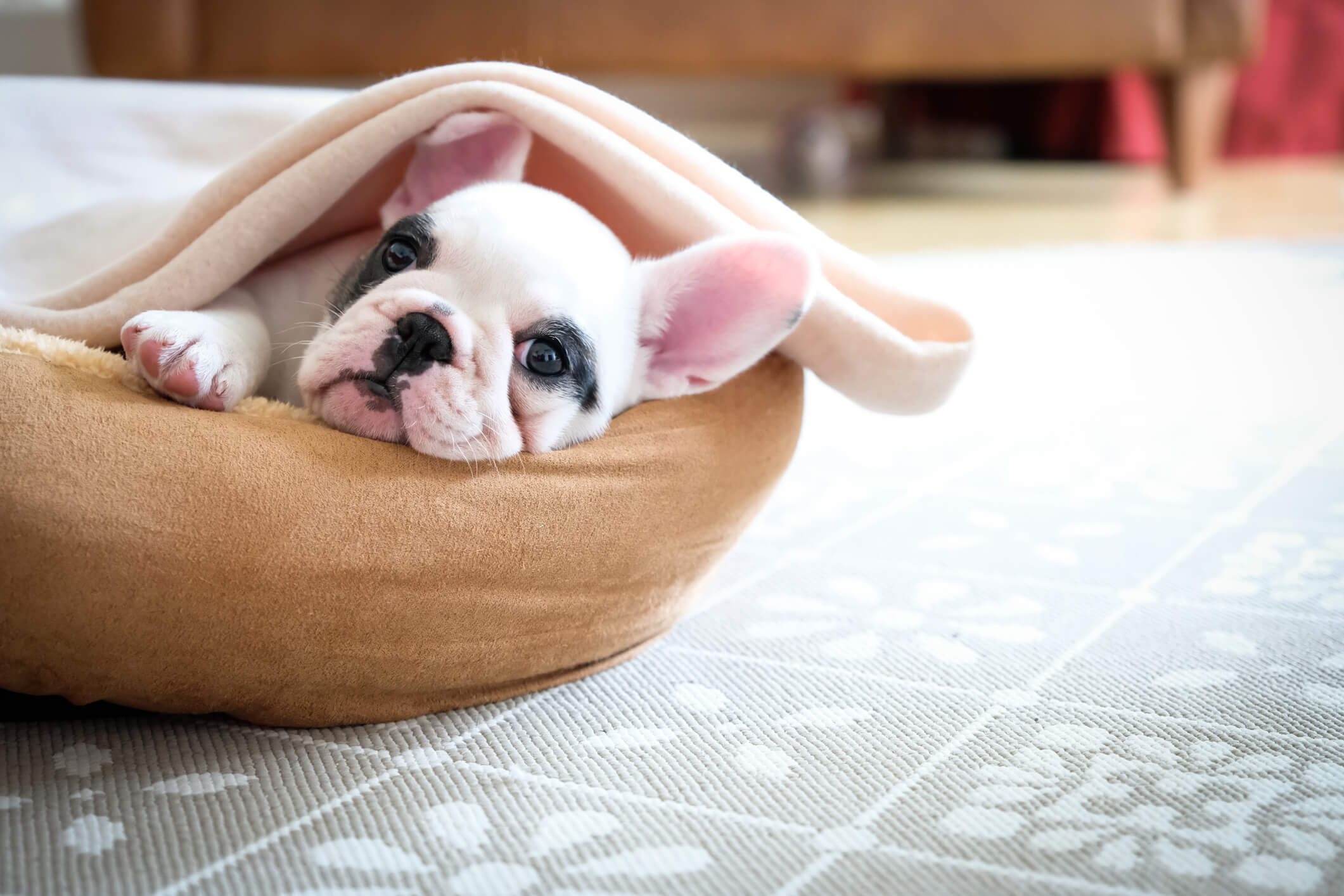
These 6 Overlooked Pet Care Routines Are So Important
There’s a lot that goes into taking care of a pet. Just like humans, cats and dogs are complex creatures that need a lot of attention. Unfortunately, the amount of care pets need sometimes leads owners to overlook a few aspects of their health and wellbeing.
Vets tend to see a few pet problems more often than others because of these overlooked routines. In order to keep your pets happy and healthy for their full lives, you’ll want to make sure you’re not missing these six crucial aspects of pet care.
1. Dental care
One of the most overlooked aspects of pet wellness—especially in cats—is dental care. You brush your teeth twice a day, but do you brush your pet’s? For many pet parents, the answer is no.
Dental hygiene not only affects your pet’s mouth but their entire body. Tooth decay can cause tooth and gum damage, making it harder or painful for your pet to eat. This can progress into periodontal disease, which causes tooth and gum loss and even widespread bacterial travel. Periodontal disease has been linked to heart, kidney and liver disease.
Both cats and dogs should receive regular dental care. If your pet will allow you to brush their teeth, try to do so every day. Use dental treats or sticks for regular maintenance and schedule a yearly exam and dental cleaning to keep their pearly whites clean!
2. Food portioning
Another widespread pet care problem that’s on the rise is pet obesity caused by overfeeding. Do you know exactly how many calories your pet should be eating each day? If you don’t, you might be giving your pet too little or too much food! Rather than allowing your pet to graze from an always-full food bowl, it’s best to portion out their food so they don’t eat too much.
Pets should be weighed regularly by the vet (usually at their annual exam) to monitor their weight and adjust their food portions accordingly. Discuss your pet’s calorie target and make sure you understand how much food that translates to each day. If you change the food your pet eats, you’ll also want to double-check the calorie count and adjust the portions as needed.
3. Environmental cleanliness

When’s the last time you washed your pet’s food bowls or tossed their bedding in the laundry? Have you washed your dog’s rubber toys recently? Pet items tend to get missed during routine house cleanings, and this can be dangerous to their health!
Unwashed bowls, bedding and toys can harbor bacteria that can make your pet sick or cause skin irritation or infections. Don’t forget to disinfect your pet’s food dish and rubber toys, wash their blankets and pillows and tidy up their environment to keep things clean.
4. Mental exercise
You probably have a walk and playtime scheduled into your pet’s daily routine, but physical exercise is not the only important type of exercise your furry friend needs. After their walk, you don’t want your pet to lay around the house feeling bored! They should have access to toys and activities that stimulate their minds, too.
For dogs, puzzle feeders, hide-and-seek games, training and new experiences are great sources of mental stimulation. Cats also enjoy puzzle toys, hunting games and interesting environments (like a bird feeder outside the window) to stimulate their brains. By keeping your pet’s brain active, you’ll reduce boredom and anxiety and help prevent cognitive dysfunction later in life.
5. Updated ID info
Equipping your pet with some form of identification is an important part of keeping them safe. If they get loose in the park, dash out the door or escape the backyard, ID tags and microchips make it easier for them to be returned home.
Unfortunately, all too many pet parents forget to update this information after major life changes. When you adopt a pet, their microchip will be registered to your current address, but if you move, your info will be outdated! The same goes for physical collars and tags. Whether you move or change your phone number, make sure you update your pet’s ID as soon as possible.
6. Socialization

Socializing pets is something that is extremely important for development but might be overlooked by excited new pet parents. As young cats and dogs are growing, they should be exposed to a great number of things—new sounds, smells, places, people and other pets. This process helps our pets develop confidence and process new information to grow their brains. If you’re keeping your young pet sheltered at home in their youth, you might be doing more harm than good!
Socialization continues to be important as pets age. Dogs that are never exposed to other dogs may become aggressive or fearful of animals over time. Cats might have a more difficult time accepting visitors or new pets. Plus, socializing your pet is great mental stimulation and prevents boredom throughout their lives!
Craft your pet’s routines carefully
Over time, you should be able to fall into a care routine for your pet pretty easily. Just make sure you’re not overlooking any aspects of health and wellness to ensure lifelong happiness for your furry friend.


